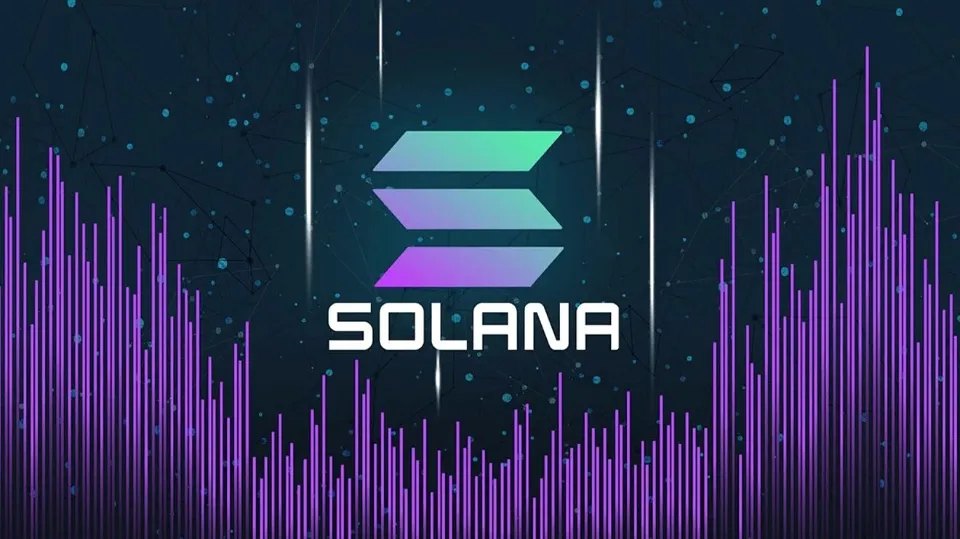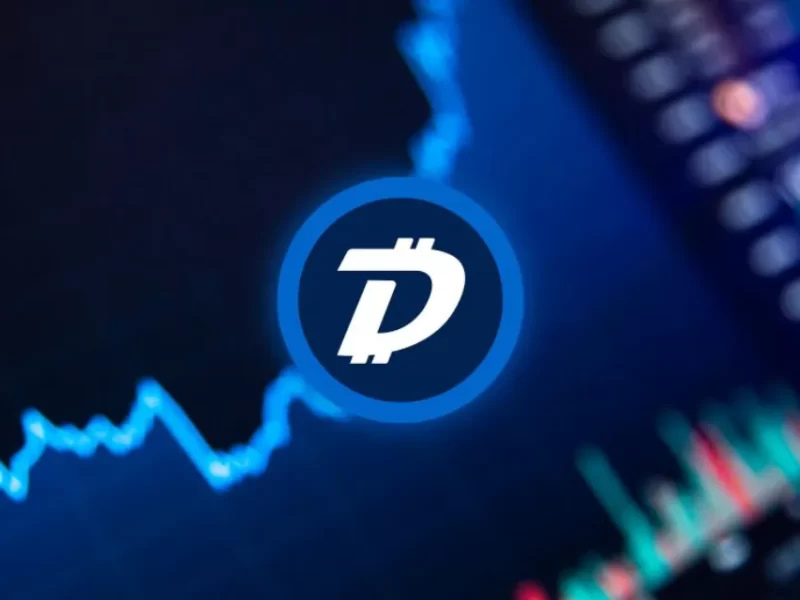Solana and NEAR Protocol are two blockchain platforms that have gained a lot of attention in the past few years. Both aim to solve some of the scalability issues that traditional blockchain platforms face. Solana is a high-performance blockchain platform that can process up to 65,000 transactions per second (TPS), while NEAR Protocol claims to process up to 8,000 TPS. This article will compare and contrast Solana and NEAR Protocol in terms of their performance, consensus mechanism, governance, ecosystem, and potential use cases.
Performance – Solana vs NEAR Protocol
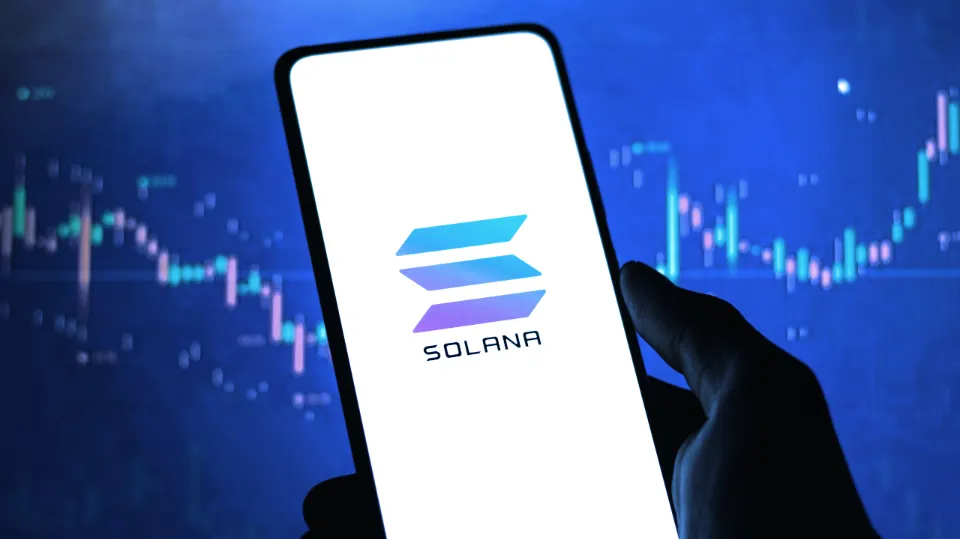
Solana is known for its high performance and low latency. It can process up to 65,000 TPS, which is significantly higher than the current industry standard of 10-15 TPS. Solana’s high performance is achieved through a combination of techniques, including parallel processing, sharding, and proof of history (PoH). Parallel processing allows multiple transactions to be processed simultaneously, while sharding allows for the network to be divided into smaller subsets for faster processing. PoH is a consensus algorithm that enables nodes to agree on the order of transactions without requiring them to process each transaction.
On the other hand, NEAR Protocol claims to process up to 8,000 TPS. NEAR uses a proof-of-stake (PoS) consensus mechanism, which allows for faster transaction processing compared to proof-of-work (PoW) mechanisms used by platforms like Bitcoin and Ethereum. NEAR also uses a technique called dynamic sharding, which allows the network to adjust its size and shape based on network activity.
Consensus Mechanism – Solana vs NEAR Protocol
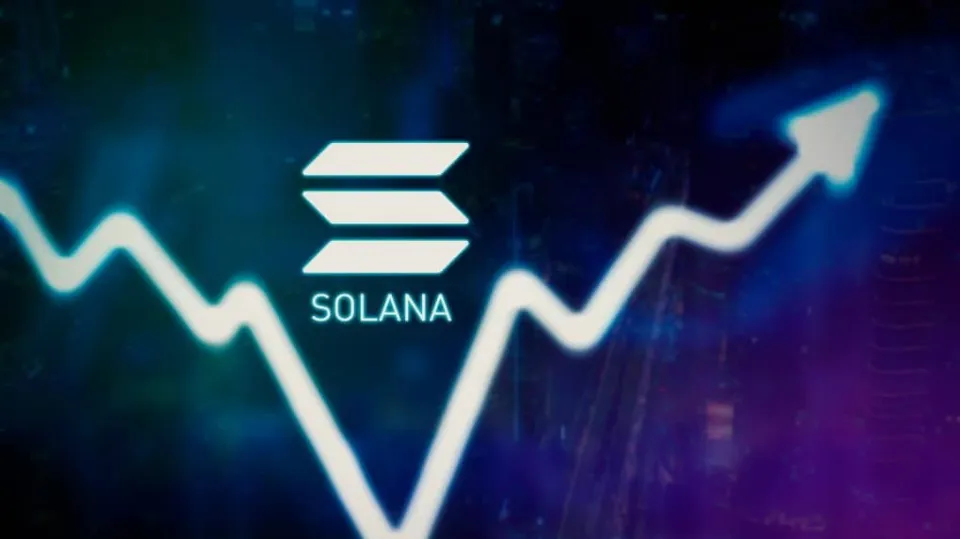
Solana uses a unique consensus mechanism called Proof of History (PoH). PoH is a mechanism that allows nodes to agree on the order of transactions without having to process each transaction. This significantly reduces the processing time and enables Solana to achieve high throughput. Solana also uses a proof-of-stake (PoS) mechanism for transaction validation.
NEAR Protocol, on the other hand, uses a hybrid consensus mechanism that combines PoS and thresholded PoS (TPoS). TPoS is a consensus mechanism that requires a certain percentage of nodes to validate a transaction before it is added to the blockchain. This mechanism ensures that the network remains decentralized and secure.
Governance – Solana vs NEAR Protocol
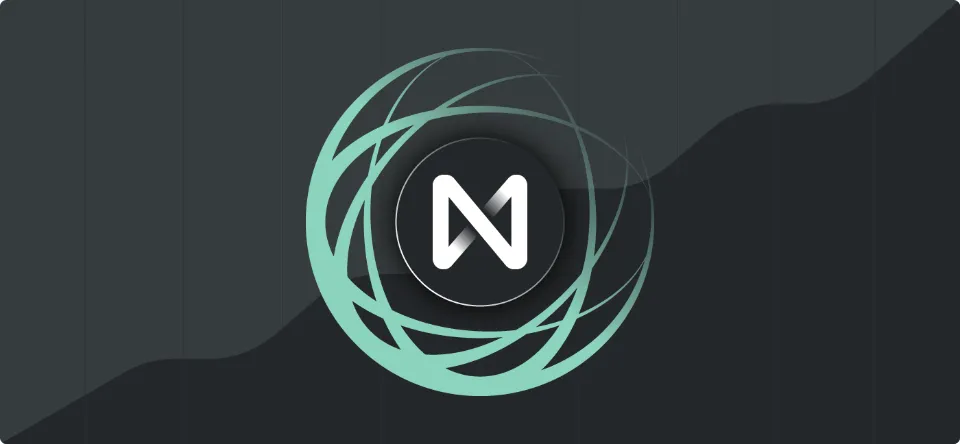
Solana’s governance is managed through a decentralized autonomous organization (DAO) called the Solana Foundation. The Solana Foundation is responsible for managing the network’s development, funding research and development, and promoting the network’s adoption.
NEAR Protocol also has a DAO, called the NEAR Protocol Foundation, which manages the network’s development and promotes its adoption. The NEAR Protocol Foundation is responsible for funding research and development, managing the network’s governance, and overseeing the network’s growth.
Ecosystem – Solana vs NEAR Protocol
Solana has a growing ecosystem of developers and projects building on the platform. The Solana ecosystem includes decentralized applications (dapps), decentralized finance (DeFi) projects, and non-fungible token (NFT) marketplaces. Some notable projects built on Solana include Serum, Mango Markets, and Solible.
NEAR Protocol also has a growing ecosystem of developers and projects building on the platform. The NEAR Protocol ecosystem includes dapps, DeFi projects, and NFT marketplaces. Some notable projects built on NEAR include Mintbase, Paras, and Berry Club.
Potential Use Cases -Solana vs NEAR Protocol
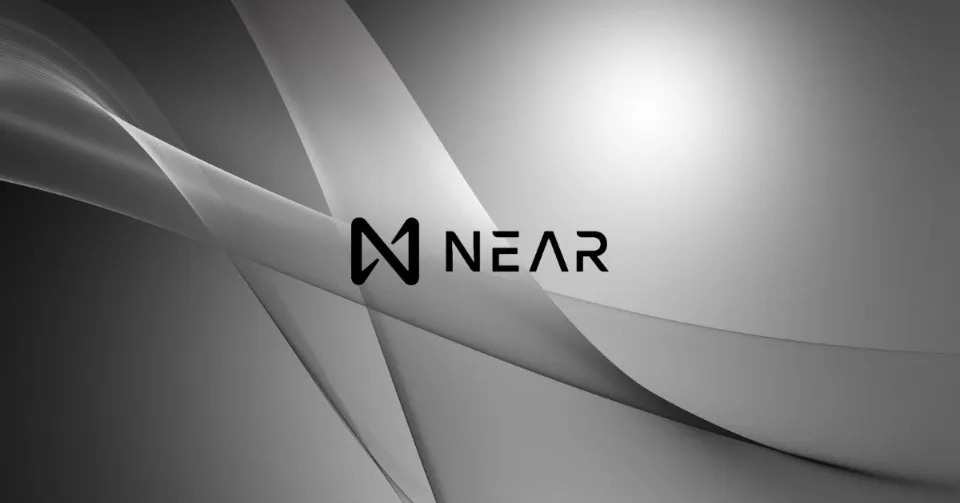
Solana’s high throughput and low latency make it suitable for a range of use cases, including high-frequency trading, gaming, and DeFi. Solana’s ecosystem includes a number of DeFi projects, such as Serum, which allows users to trade cryptocurrencies with low fees and high speed.
NEAR Protocol’s dynamic sharding and hybrid consensus mechanism make it suitable for a range of use cases, including gaming, DeFi, and NFT.

